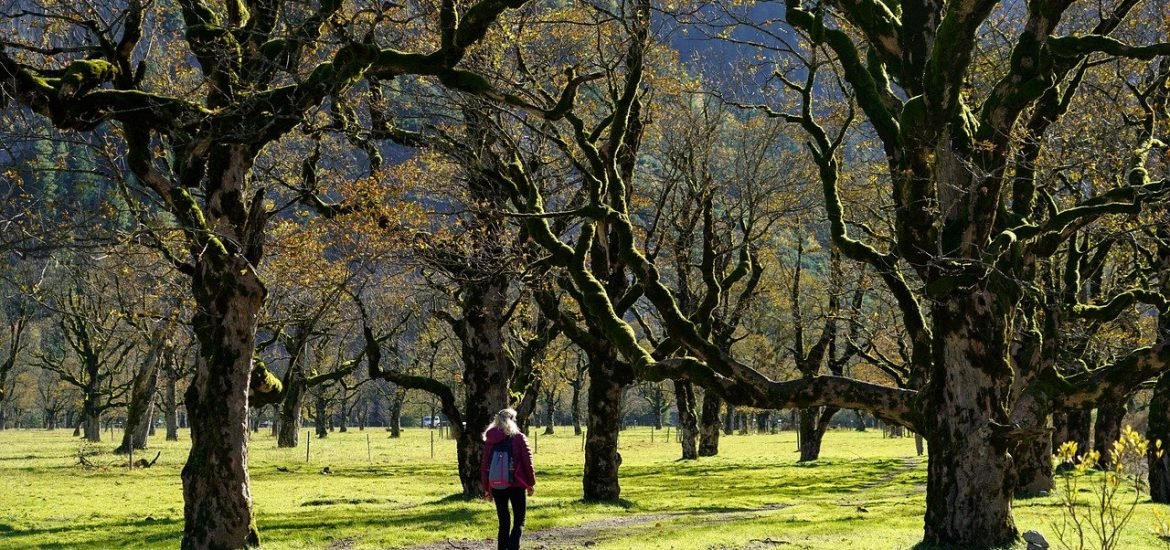
The right projects to restore forests will not only benefit the environment and increase biodiversity but also help humans, according to a study published in the journal PNAS.
If the only purpose of restoring forests is to capture carbon, it will not produce any other benefits for the environment and humans. However, a new study by a team of researchers from the Universities of Exeter and Oxford, UK, found that if the restoration is done by integrating multiple benefits, it will deliver more than 80% in all areas.
The team used a framework called Nature’s Contribution to People (NCP), which emphasises a holistic relationship between restoration and benefits to humanity. This framework was applied to large areas of India, and the team examined the benefits of the natural regeneration of native forests in suitable places that aren’t already covered by forest.
“Restoration projects sometimes have a narrow focus, leading to trade-offs. For example, if you focus on carbon storage, you might plant particular tree species and fence the forests off to protect them. If you focus on biodiversity, you might manage forests for particular species, like the emblematic Bengal tiger or Asiatic elephant. If you focus on human livelihoods, you might plant species that provide housing materials and fuelwood for cooking. The philosophy you choose would dictate your choices,” said Dr Trisha Gopalakrishna, from the University of Exeter and formerly at Oxford. “Unsurprisingly, our study shows that plans with one NCP in mind tend not to deliver the others. However, we were surprised and pleased to find that an ‘integrated’ plan can deliver all three remarkably efficiently.”
Using an optimisation algorithm, the team created maps of 3.88 million hectares of potential forest restoration area, avoiding areas such as grasslands and agricultural land. The results showed that integrated forest restoration plans aimed at multiple goals can deliver about 80% of climate change mitigation, almost 90% of biodiversity value, and over 90% of societal compared to single-objective plans. Moreover, about a third of the people impacted by these spatial plans belong to socioeconomically disadvantaged groups, which is greater than their overall representation in India’s population.
“Integrated plans create a multifunctional landscape, with connectivity so people and animals can thrive. Many countries, like India, have committed to very big goals on climate and the environment,” said Dr Gopalakrishna. “The blueprint we have developed provides an approach to design conservation policies, specifically ecosystem restoration activities. It would be useful to know if our findings hold true in other countries using different types of ecosystem restoration plans and focused on different benefits.”
Gopalakrishna T, Visconti P, Lomax G, Boere E, Malhi Y, Roy PS, Joshi PK, Fedele G, Yowargana P. Optimizing restoration: A holistic spatial approach to deliver Nature’s Contributions to People with minimal tradeoffs and maximal equity. Proc Natl Acad Sci U S A. 2024 Aug 20;121(34):e2402970121. doi: 10.1073/pnas.2402970121.